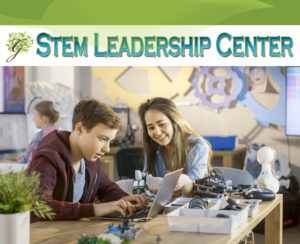It was amazing to see students at the end of 1st grade, only 2 years into the program, drawing electrical diagrams and cannibalizing circuitry from one toy to create something completely new.
I attended the November 5 workshop by the Children’s Innovation Project at the CREATE LAB at Carnegie Mellon University. Melissa Butler and Jeremy Boyle presented the most unique project in which they have introduced kindergarten and first grade students to simplified components of electrical circuits.
The students met for an hour and a half each week for “innovation time.” They began with examining toys and learning logic and language to differentiate buttons and switches that “do” and noises and lights that “happen.” They examined and drew every stage of their learning. Small components consisting of a block of wood with a battery or a light bulb were presented with wires and alligator clips that they would experiment with.
The clips were modified for small hands and each component was designed in a similar pattern so that the concept of circuit could be introduced and followed easily.
Additional components (a variety of switches and diode lights) were introduced one at a time as students were introduced to concepts such as learned serial and parallel circuitry. Special attention was given to working out consistent language, what is the “do” and what is the “happen.” Early childhood language acquisition was taken advantage of as students learned the electronic term such as “potentiometer” alongside the popular term “dimmer switch.”
The students celebrated the end of their second year by carefully taking apart the children’s toys they had sketched n the beginning and traced the circuitry before they began to experiment by cannibalizing the various parts to create new toys. Common Core Mathematical Standards were integrated into this brilliant inquiry based project. Yet it was also linked to other content areas such as writing, arts, vocabulary, and social studies are made. The work was taken home as student’s explore the electrical wiring and switches of their own homes .
The core learning concepts of precision, persistence, collaboration, innovation and learning as material were integrated into a pedagogical approach that was both interdisciplinary and inquiry-based. I was impressed at the emphasis on play and exploration alongside a focused approach of asking students to quietly attune and concentrate on minute details.
The Children’s Innovation Project mission is to engage young children in broad interdisciplinary learning, with a focus on creative exploration, expression and innovation with technology. The Children’s Innovation Project is a project of CMU’s CREATE Lab, currently working in collaboration with the Children’s Museum of Pittsburgh. Pilot funding for the project came from Spark, a program of the Sprout Fund. They are available to partner with schools, districts or organizations for teacher workshops and classroom-based co-teaching professional development opportunities.
For more information or to participate in the Children’s Innovation Project, please contact info@CIPPGH.org.




